Jon Cullick is a professor in the English Department at the Northern Kentucky University. He started following the blog not too long ago and we began our friendship talking about a little neighborhood library (More about his involvement with that venture in a few weeks.) Eventually, we talked about To Kill a Mockingbird and Jon has a project in the works with his colleague Michelle Reutter. I will let Jon tell you little about he thinks about this book.
Harper Lee’s classic, To Kill a Mockingbird, is a mainstay of middle school and high school classrooms throughout the United States. For reluctant readers, the novel offers an accessible story. For advanced readers, it offers historical and social resonance. For all readers, it offers an inspiring, reassuring story with what seems to be an unambiguously heroic parent figure. The Common Core State Standards lists To Kill a Mockingbird as an exemplar text for grades 9-10 alongside works of Ovid, Homer, and Shakespeare.
Putting To Kill a Mockingbird in the genre of young adult literature is a debatable move. The novel does have great appeal to teenage readers. But if we’re searching for a poetics of young adult literature, Stephen Roxburgh identifies the primary characteristic of YA literature as being a first-person narrator-protagonist who transforms from initially unreliable to reliable in the course of telling her own coming-of-age story (read it here). TKAM’s narrative perspective is substantially that of a consistent adult voice focalizing through the thoughts and events she experienced as a child. We never meet the teenage Scout.
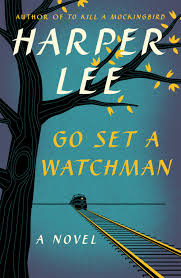
For middle and high school teachers, the publication of Go Set a Watchman raises some uncomfortable but exciting questions: Does the publication of Go Set a Watchman change the way we can or must approach To Kill a Mockingbird as teachers? How does Go Set a Watchman complicate the inclusion of To Kill a Mockingbird in the curriculum? Could we, or should we, teach both novels together as a pair? Should we ignore Go Set a Watchman altogether? How can we most effectively use the pedagogical potential of this new novel?
Many teachers like to use Atticus’s walk in another person’s shoes advice as the means for students to analyze characters. For example, high school teacher Leigh Ann Lane offers many ideas for role-play: students can write journals, letters, diaries, and thank you notes from the perspectives of particular characters. Students can stage a talk show portraying characters of their choice responding to a moderator’s questions. Students can enact a social gathering in Maycomb County or write biographical poetry about characters. These are all useful, creative approaches.
Now, let’s fast-forward twenty years, introduce an explicitly racist Atticus and a horrified Scout, and try those same learning activities. Imagine, for example, a student assuming the perspective of Scout creating Scout’s journal or blog or Facebook page before and after reading GSW. It would be fascinating to observe how students might approach those activities differently.
Go Set a Watchman also offers opportunities for students to explore more deeply the Scout-Calpurnia relationship. Go Set a Watchman presents this relationship through Scout’s adolescent years. When Scout has her first period, it is Calpurnia who assists and teaches her (GSW chapter 11). When Scout worries that she has become pregnant because a boy kissed her, it is again Calpurnia who explains sexual maturity to her (GSW chapter 11). It is Calpurnia who assists Scout with her dress for the school dance (GSW 207). We see a level of familiarity that is reflected only in a mother-daughter relationship. Just as Scout notices shifts in Calpurnia’s speech when Calpurnia takes the children to church in TKAM, in Go Set a Watchman Jean Louise notes that as she entered adolescence, Calpurnia shifted toward addressing her with formality. In Watchman these shifts rise to a crisis when the 26-year-old Jean Louise visits Calpurnia. In one of the novel’s most powerful scenes, Calpurnia’s manner and speech are distant. These scenes offer much opportunity to explore more deeply these two characters, their relationship, and the pressures of racial codes on that relationship. Learning activities used in a pairing of both novels can encourage greater empathy or sensitivity to the separateness that is imposed upon these characters by Southern racial codes. Used for comparison, these texts offer us an opportunity to teach middle school and high school students how social attitudes about race put pressure on personal relationships.
Lane, Leigh Ann. “Role-Play With TKAM.” Engaging American Novels: Lessons from the
Classroom. Joseph O. Milner & Carole A. Pope, editors. Urbana, Illinois: National Council of Teachers of English, 2011. 183-189.
Lee, Harper. To Kill a Mockingbird. New York: HarperCollins, 1960.
-----. Go Set a Watchman. New York: HarperCollins, 2015.
Stephen Roxburgh, “The Art of the Young Adult Novel.” The ALAN Review Winter 2005: 4-10.
See the call for proposals below.
| cfp_harper_lee.docx |
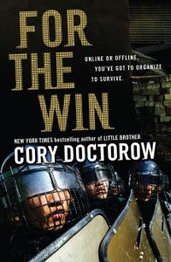
It would be hard to find two people as friendly, as collegial, and as hardworking as Jennifer Dial and Shelbie Witte. I am thrilled that I get to tag along on this book project. Those of us work with adolescents know that they have a different relationship with the digital age that those of us who began teaching in the 70's, 80's, or the 90's. I am so old that I graduated from college before the invention of the personal computer--I know, old. I am constantly amazed that I do so much work on a keyboard when one of my greatest fears as a high school student was being asked to spell something. I don't know that I am over it, but the IBM Selectric, onion paper, whiteout, and a word processing program with auto correct made my life easier.
How do adolescents deal with the digital age? Do they have different fears? Do they have added challenges as they have so much information at their finger tips? How do they sort and shift the important information from the useless? They can manage images and text in ways that was only in the realm of science-fiction when I was in high school.
In the call for this book, we want to know what is happening in classrooms and what should be happening. Should our English classroom be more interdisciplinary and multi-modal? We wonder which aspects of technology should be second nature in the classroom. YA literature is all over the internet. You can find fan fiction, reviews, interviews, book trailers and much more. Much of what can be found is generated by adolescents. How much is voluntary and how much is assigned? We will muddy the water if we make these activities assignments? We hope you take the time to read the call and consider submitting an abstract for a chapter.
See the call for proposals below
| remix_and_mashups_call_for_abstracts_03-24-2016.pdf |
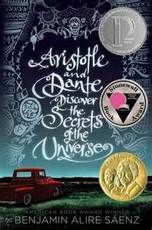
Marshal George is always up to something interesting. He and his colleague, Brian Kelley are trying to find out how we are preparing teachers to discuss the complex issues stated in the title of this section. We the current legal issues in Mississippi and North Carolina what should we be doing? Here is their introduction to the survey:
We are currently completing a survey of middle and high school English/language arts/literacy teachers’ preparation and readiness to teach issues and themes related to lesbian, gay, and transgender individuals. This has become increasingly important in the wake of the Supreme Court’s decision re: Obergefell v. Hodges. We are asking that you share this link for the survey (it is available on SurveyMonkey) with your English/language arts/literacy education students (both current and former) who are or will be teaching middle or high school English/language arts/literacy. We are also asking that you send the survey to other colleagues in English education as well as teachers of English with whom you work (e.g., in the field). If your own background is in teaching English/language arts/literacy at the secondary level, you might also be interested in completing the survey.
To share the link, please feel free to forward this email and/or add the link to your FaceBook page or through other social media (e.g., Twitter). Please note that this is study is not reflective of your program or your college. Please feel free to contact me at 212-220-8000x.1420 or [email protected].
https://www.surveymonkey.com/r/S2PYX5M
Respectfully,
Brian Kelley, Ph.D.
Assistant Professor, Academic Literacy & Linguistics
Borough of Manhattan Community College
Marshall George, Ed.D.
Olshan Professor of Clinical Practice, School of Education
Hunter College
It is that time of the year when everyone is busy--finishing the semester's teaching, meeting deadlines for papers, and planning summer vacations. Well, before you get to comfortable, we want to remind that we are in the process of preparing the third issue of Study and Scrutiny. We have some very interesting pieces, but we have room for more. We are extending the currently deadline until April 30, 2016. We appreciate the time that many of you have spend reviewing for these first two issues and, now, for this one. If you have any questions, please contact one us: Crag Hill [email protected], Leilya Pitre -- [email protected], Steve Bickmore -- [email protected]. By the way, many of you that have contributed a column to this blog have a good start on some thinking that could develop into an interesting article. (Just a subtle hint.)
Please check the out the current call for manuscripts below.
| s___s_call_april_30.2016.pdf |
Last but not least, he is the reminder to register. Come spend a week discussing how to engage adolescents in book that they will love. The visiting authors will be Virginia Euwer Wolff, Jason Reynolds, Meg Medina, Andrew Smith, and Alan Sitomer. What a great group! Please be sure to checkout the conference website here and register while you can. Contact us for information about group discounts.
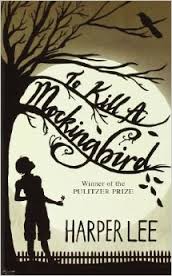
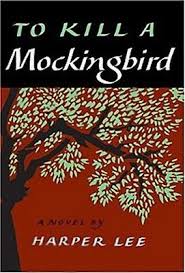
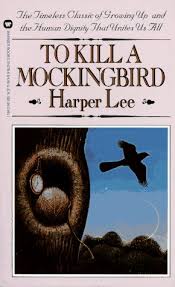
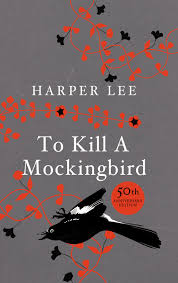

 RSS Feed
RSS Feed